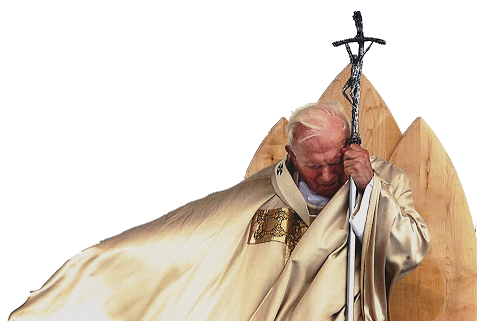
(Part One)
The mystery of Christ is so rich that no one image or model can exhaust the subject. Perhaps it is for this reason that St. Paul chose to emphasize different aspects of Christ in each of his writings. The letter to the Romans, for instance, shows him as creating the New Covenant by His blood and then elucidates the way in which Christians are to live out this Covenant. In many ways this letter evokes the stories of the creation of the Old Covenant in the books of Exodus and Deuteronomy and the way in which God’s Chosen People were to live out the Covenant by keeping the Commandments.
The letter to the Philippians, as another example, shows us Christ pouring himself out for our salvation and taking on the form of a slave by assuming our human nature rather than clinging to his own proper and exalted status as the Son of God. It then lays out an ethic and a spirituality of humility.
In the letter to the Ephesians, that dominates our weekday First Readings for the next two weeks, the central image is of Christ as the head of his body, the Church. By his headship, he gives unity to the Church for the sake of directing its mission to the whole world. Flowing directly from the fact that we are to be members of his one body, the Church, there are various implications for our lives and conduct.
The letter to the Ephesians was drafted during the time of Paul’s captivity in Rome. One could easily understand it if Paul were feeling cut off from the body of the Church at this time. But, quite the contrary, he explains from the start of the letter that he feels himself part of the ecclesial body throughout the world by reason of the universal headship of the Lord Jesus: “And [God the Father] has put all things under his feet and has made him the head over all things for the church that is his body, the fulness of him who fills all in all” (Ephesians 1:22-23).
It is precisely by grasping the Christological teaching at the core of Paul’s approach that we can better understand the specific character of the spiritual and moral advice that he gives in the second half of each of his letters. These directives are not just Paul’s personal ideas and not merely the residue of his training as a Pharisee. Rather, they come directly from the particular aspect of the mystery of Christ that is emphasized in each letter. For this reason, they are crucial for authentically living the Christian life and are truly normative for Church doctrine.
In the first two chapters of Ephesians, we find this letter’s Christological theme. From before the creation of the world, God mercifully chose to send his Son to redeem us from our sins. His incredible generosity is especially manifest in that this redemption extends to the Gentiles and not only to Israel. The Son’s mission is to reconcile the whole world with God by incorporating both Jew and Gentile into one body, thereby making it possible for all of us, whatever our heritage, to be adopted into the household of God.
The next chapter and a half concern the Church that is the body of Christ. These remarks are not only about the congregation in Ephesus but about the Church as a whole. In establishing the Church, Christ gave it a clear purpose: to make known something that had not been disclosed to earlier generations, that God’s plan for salvation includes not only his chosen people but all the other nations. In Greek, this universality is stressed when we call the Church “Catholic,” meaning “through the whole world”.
The first half of the fourth chapter stresses an important way in which Christians should reflect the unity that Christ gave the Church. The members of his body are “to lead a life worthy of the calling to which you have been called, with all lowliness and meekness, with patience, forbearing one another in love, eager to maintain the unity of the Spirit in the bond of peace” (Ephesians 4:1-3). There is, he tells us, one body and one Spirit, one Lord, one faith, one baptism, and one God and Father of us all. In reciting this litany of unity, Paul is not merely voicing idealistic words of exhortation but making a direct application of the specific aspect of Christology that he used as the cornerstone of the letter.
Christ, the head of the body the Church, gives unity to the Church, and so the members of the Church, like the members of the body, must do what the head directs. They should do so not out of servile fear but willingly “bearing with one another” according to “the grace given to each of us in the measure of Christ’s gift” (Ephesians 4:7).
Continued Tomorrow
May God Bless You and Grant You His Peace!

